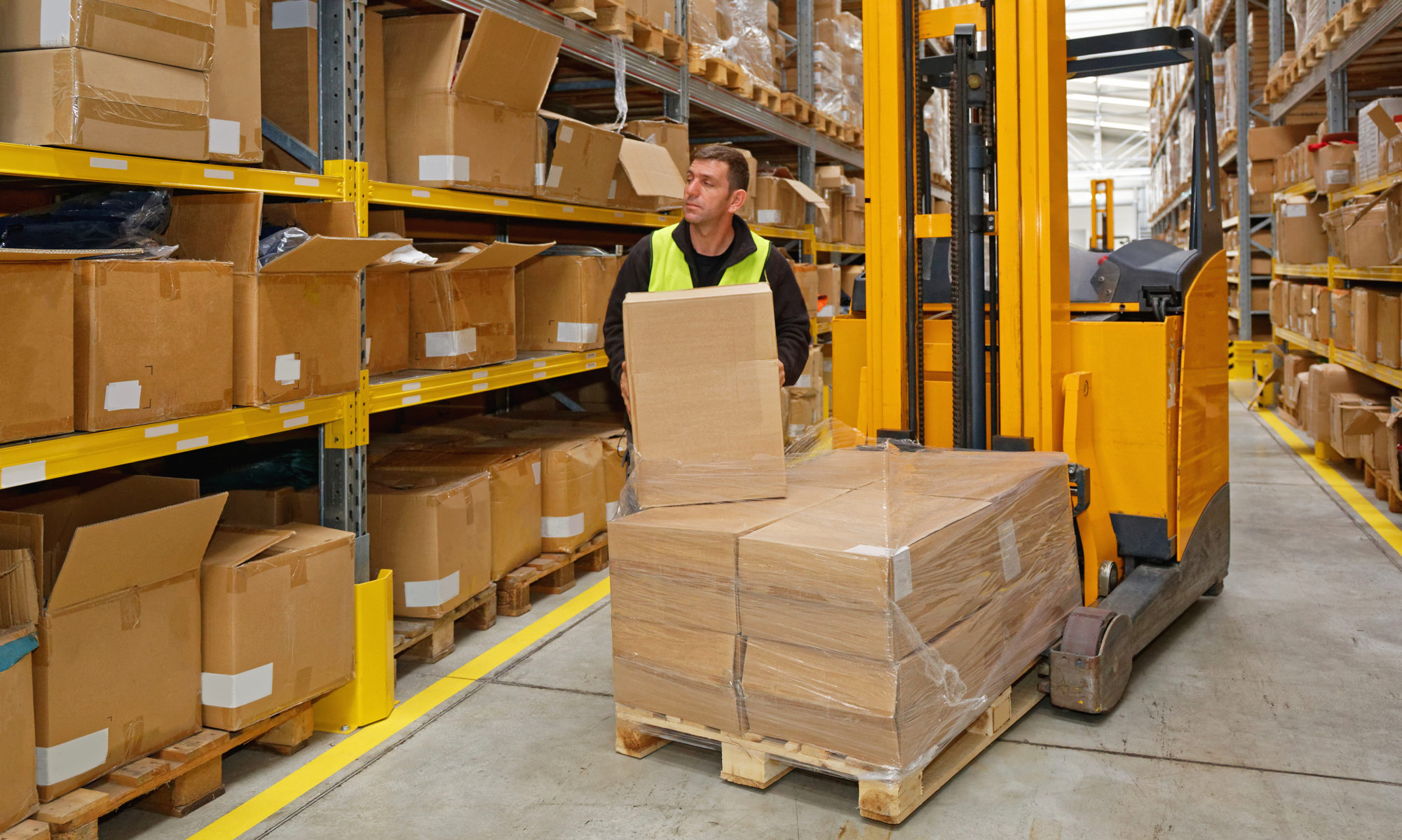In an era where automation and mass production are prevalent, the art of building personal connections with clients is more precious than ever. At Medallion Fulfillment & Logistics, we believe that our family-owned business ethos plays a pivotal role in shaping the meaningful, responsive relationships we maintain with our clients. Through flexibility, fast responses to situations and problems, we have cultivated an environment where each client feels valued and understood.
Flexibility and Fast Response: Our Promise to You
We understand that the fulfillment needs of startups, small businesses, and medium-sized businesses are diverse and often require quick adaptations. Our flexibility means that we can tailor our warehousing and fulfillment services to fit your unique business requirements. Whether you’re scaling up or adjusting to seasonal demands, our team is ready to support your growth every step of the way.
Our fast response to situations and problems ensures that any hurdles you might face are addressed promptly. We pride ourselves on being proactive, often providing solutions before our clients even realize there’s a problem. This preemptive approach is one of the key benefits of personalized customer relationships and is deeply rooted in our family business culture.
A Testament to Dedication and Attention to Detail
Our clients’ success stories encapsulate the essence of our dedication and attention to detail. For instance, in the words of a satisfied client, “In the past 6 months that we have been with Medallion Fulfilment, we have seen the dedication and attention to detail of their hardworking team who just go above and beyond. The customer service is top notch, usually they supply answers before I have a chance to ask questions because they are on top of it for you.”
The Medallion Difference
When you partner with us at Medallion Fulfillment & Logistics, you’re not just gaining a service provider — you’re joining a family. A family that extends its values of caring, dedication, and responsiveness to your business. From our East Coast to West Coast facilities, the Kent family and our team of caring professionals are committed to providing headache-free services tailored to your needs.
Our personalized customer relationships lie at the heart of Medallion Fulfillment & Logistics. We excel in creating strong personal connections with our clients, contributing significantly to their operational success. Experience the difference today by visiting https://www.medallionenterprises.com and discover how we can support your business with our responsive and flexible fulfillment solutions.





